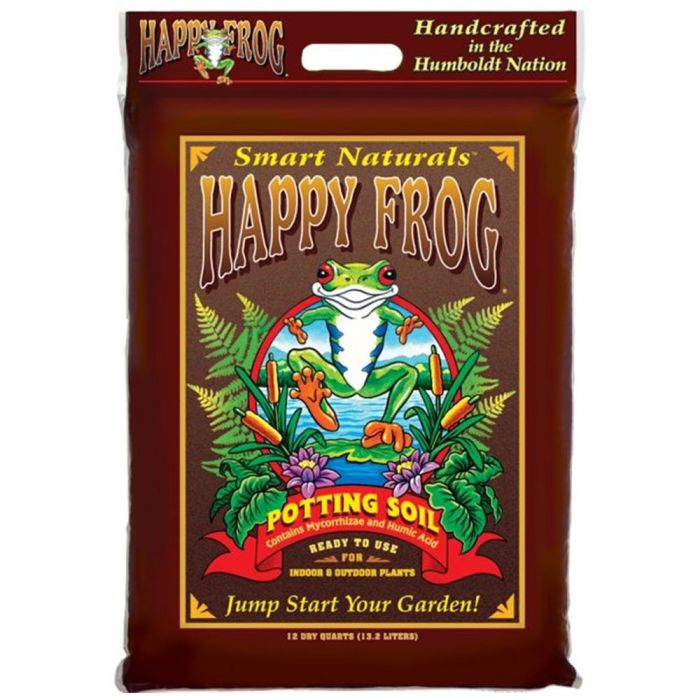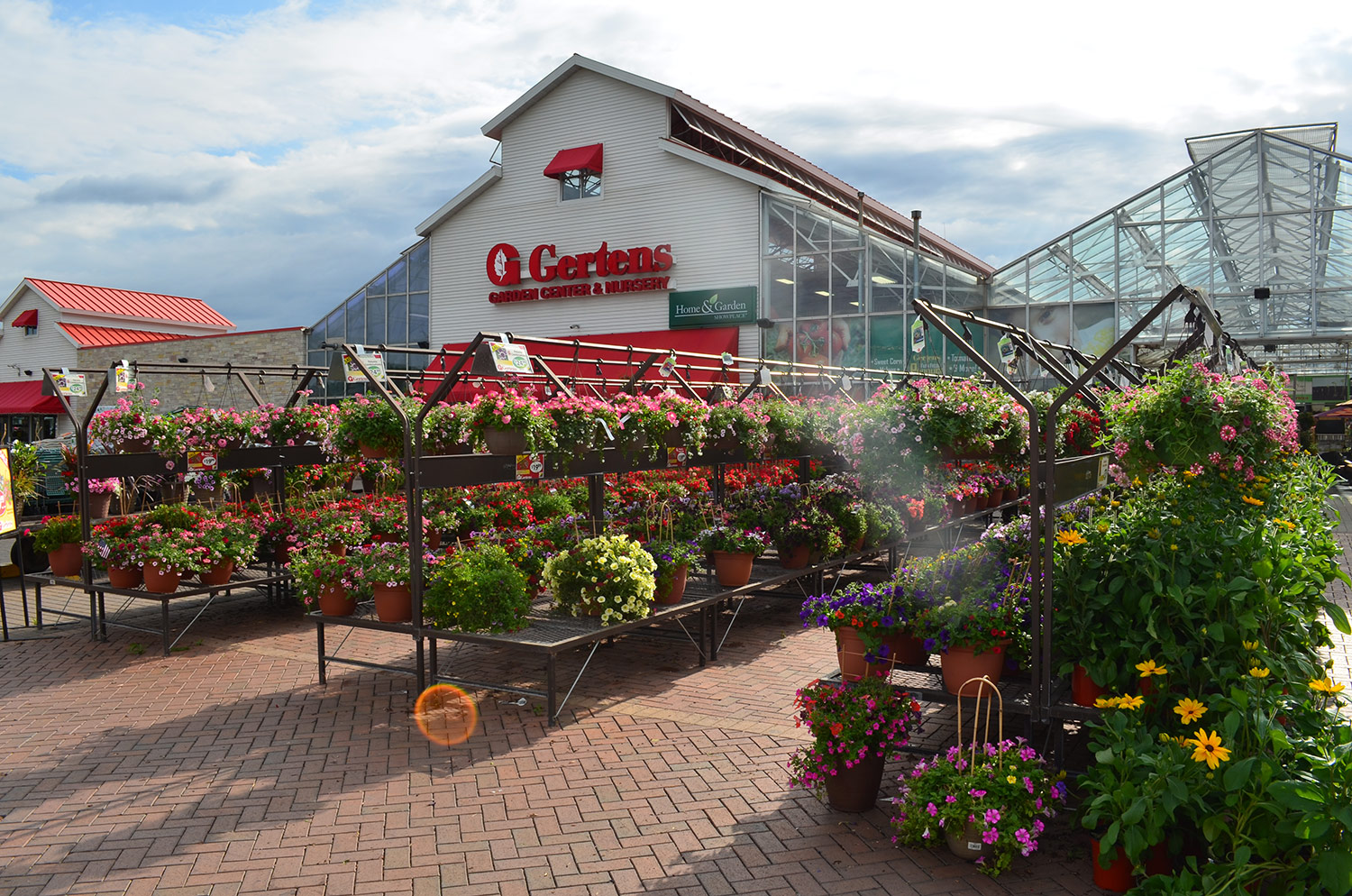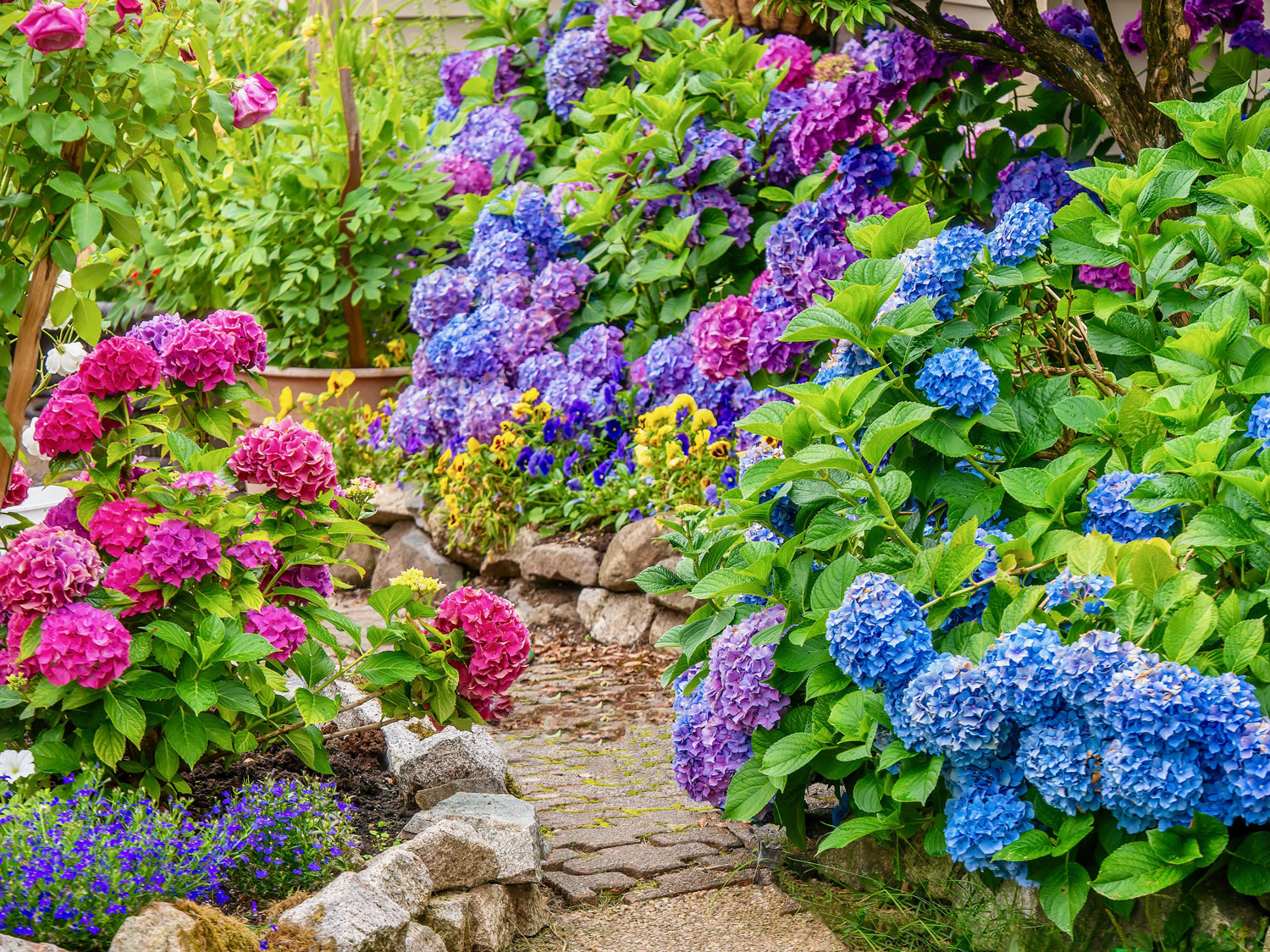FoxFarm Happy Frog® Potting Soil, 12 qt

Description
Happy Frog® Potting Soil is alive with beneficial microbes and fungi that help break down organic matter and feed the plant roots.
Whatever Your Plants Need, We've Got It!
Give your plants the best start with Gertens' selection of potting soil! Whether you're potting indoor plants, outdoor flowers, or vegetables, we have the perfect potting soil for every type of plant. Our high-quality soils are specially formulated to provide the nutrients and drainage your plants need to thrive.
Details
Happy Frog® Potting Soil is alive with beneficial microbes and fungi that help break down organic matter and feed the plant roots.
Your potted plants deserve the best. Their roots can’t seek out nutrients in the ground, so you have to bring it to them. That’s why Happy Frog® Potting Soil is alive with beneficial microbes and fungi that help break down organic matter and feed the plant roots.
Between the earthworm castings, the bat guano, and the aged forest products, your container plants have never felt so good. And don’t worry—FoxFarm uses only the highest quality, premium ingredients—no cheap fillers, no topsoil, no sludge. Embrace the Vitality of Happy Frog!
More Information
| Bag Size | 12 Quart |
|---|---|
| Manufacturer Number | FX14054 |
| Brand | Fox Farm |


